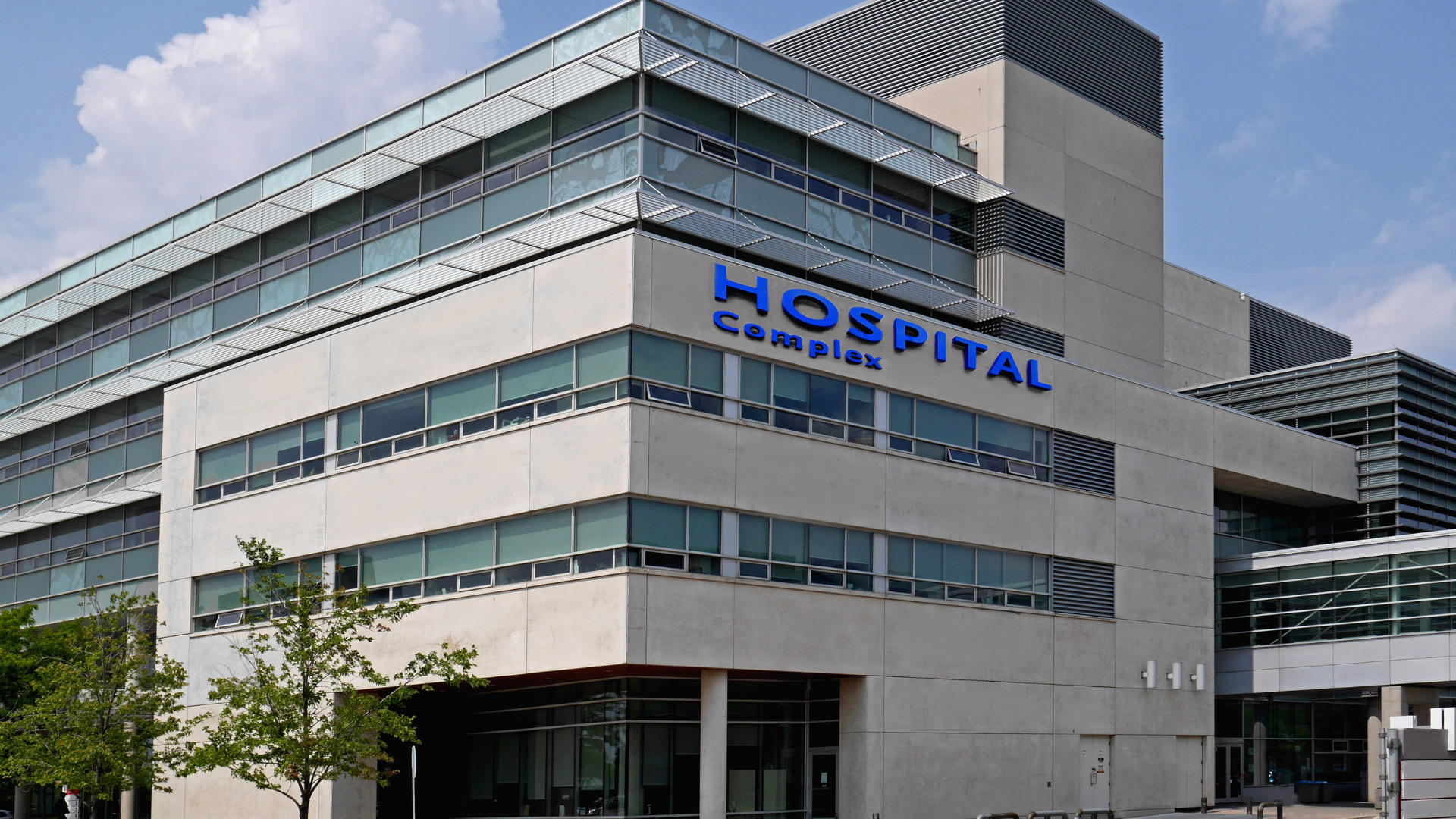
Selecting a hospital site in Tier 2 and Tier 3
cities is a serious decision that requires careful consideration of various
scientific, economic, and logistical factors. These factors ensure the hospital
meets the healthcare needs of the population while remaining financially viable
and efficient
Here's
a breakdown of the science behind hospital site selection:
1.
Demographic Analysis
- Population Density & Growth:
Understanding the population size, age distribution, and growth rate of
the city is essential. A higher population density and rapid growth mean
increased demand for healthcare services. The target demographic (e.g.,
children, elderly) will influence the types of services and specialties
required.
- Health Statistics:
Assessing the health status of the population is crucial. If a city has a
high prevalence of certain diseases (e.g., diabetes, heart disease), the
hospital must be equipped with the right diagnostic and treatment
capabilities.
2.
Accessibility
- Transportation & Connectivity: The
hospital must be easily accessible by road, with proper signage and
transport options for both patients and staff. Proximity to major highways
or public transport systems can enhance patient inflow.
- Proximity to Other Healthcare Facilities: Being close to other healthcare facilities, such as clinics or
diagnostic centres, can help create a network of care, improving service
delivery.
3. Market
Demand and Competition
- Existing Healthcare Infrastructure: Assess the existing healthcare facilities in the area and their
service offerings. Areas with a shortage of specific medical services
(e.g., maternity care, advanced diagnostics) may present opportunities for
targeted healthcare solutions.
- Competitor Analysis:
Understanding the competitive landscape is crucial. A hospital should aim
to offer services that differentiate it from existing competitors,
ensuring a niche or unique value proposition in the market.
4. Land Use
and Zoning Regulations
- Regulatory Approvals:
Ensure the land is zoned for healthcare use and that building codes and
environmental regulations are suitable for constructing a hospital.
- Availability of Land: In
Tier 2 and 3 cities, land might be more affordable, but the challenge lies
in ensuring that the site offers adequate space for the hospital's present
and future expansion, including parking, or other amenities.
5. Economic
Feasibility
- Cost of Land and Construction: The
cost of land acquisition and construction will vary widely between Tier 1
and Tier 2/3 cities. These costs must be factored into the overall budget,
as they will significantly affect the hospital’s financial viability.
- Operating Costs: Tier
2 and 3 cities generally have lower operational costs (e.g., salaries,
utilities) compared to Tier 1 cities. However, considerations such as
supply chain logistics, equipment procurement, and staff availability must
also be accounted for.
6. Social
and Cultural Factors
- Community Needs:
Understanding the cultural norms, traditions, and values of the local
population is essential. A hospital must cater to the specific needs of
the local population, such as preferences for gender-specific healthcare
providers or traditional medicine.
- Public Awareness:
There may be varying levels of health literacy in different regions. A
hospital site in a Tier 2 or 3 city may need to invest more in health
awareness programs to educate the public about preventive healthcare,
available services, and the benefits of modern medical treatment.
7.
Technological Infrastructure
- Telemedicine and Digital Health: In
Tier 2 and 3 cities, the adoption of telemedicine and digital health
platforms can provide an alternative to in-person visits, especially for
rural populations. The hospital’s location should enable the integration
of digital solutions.
- Power, Water, and Internet Connectivity: The availability of reliable infrastructure (electricity, water,
high-speed internet) is vital for the smooth operation of healthcare
services.
8.
Environmental Factors
- Climate and Natural Disasters: The
area’s vulnerability to natural disasters like floods, earthquakes, or
extreme weather conditions should be assessed to ensure the hospital can
maintain operations during such events.
- Air Quality and Pollution: Poor
air quality or industrial pollution can contribute to respiratory and
cardiovascular diseases, requiring hospitals to incorporate specialized
facilities and medical services.
9. Human
Resource Availability
- Medical Staff: In
smaller cities, it may be challenging to recruit and retain skilled
healthcare professionals. A hospital's location should consider proximity
to medical schools or training institutes, and the potential for
collaboration with nearby academic institutions.
- Support Staff: The
availability of support staff (e.g., nurses, technicians) is also
critical, and location should influence recruitment strategies.
10.
Sustainability and Green Practices
- Eco-Friendly Infrastructure: With
increasing emphasis on sustainability, hospitals are focusing on
energy-efficient buildings, waste management, and using green
technologies. Selecting a location that allows for such initiatives can
help reduce long-term operational costs and appeal to
environmentally-conscious patients
Conclusion-
Hospital
site selection in Tier 2 and 3 cities involves a comprehensive approach that
blends demographic analysis, economic considerations, healthcare
infrastructure, and environmental factors. By carefully assessing these
aspects, hospital planners can create a facility that meets the healthcare
needs of the local population while maintaining financial and operational
sustainability.
Recent Posts

Get Free
Consultations
Special Advisors









Proper Setup of Medical Equipment